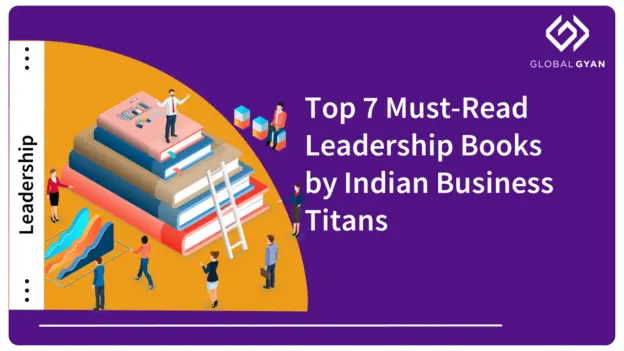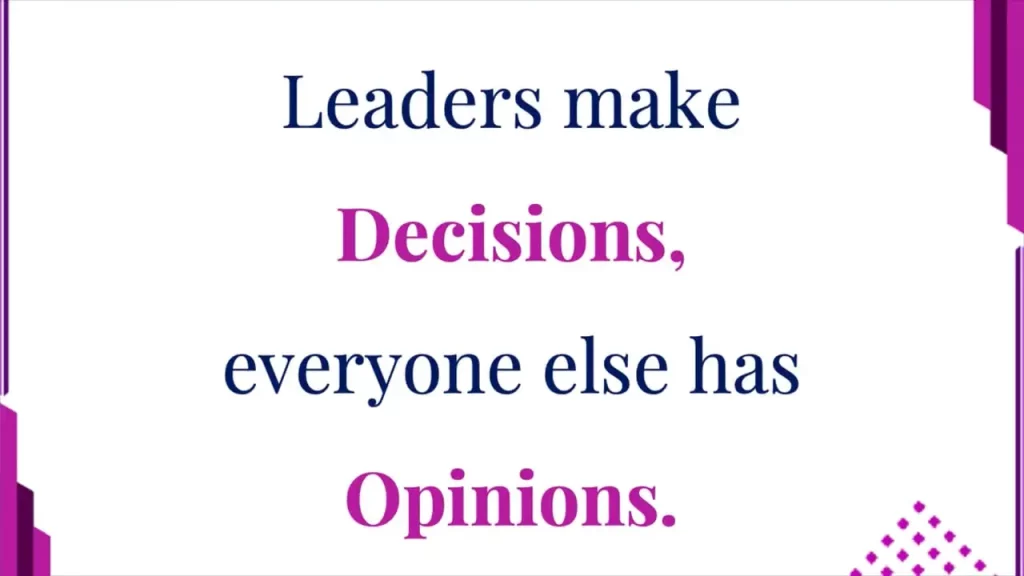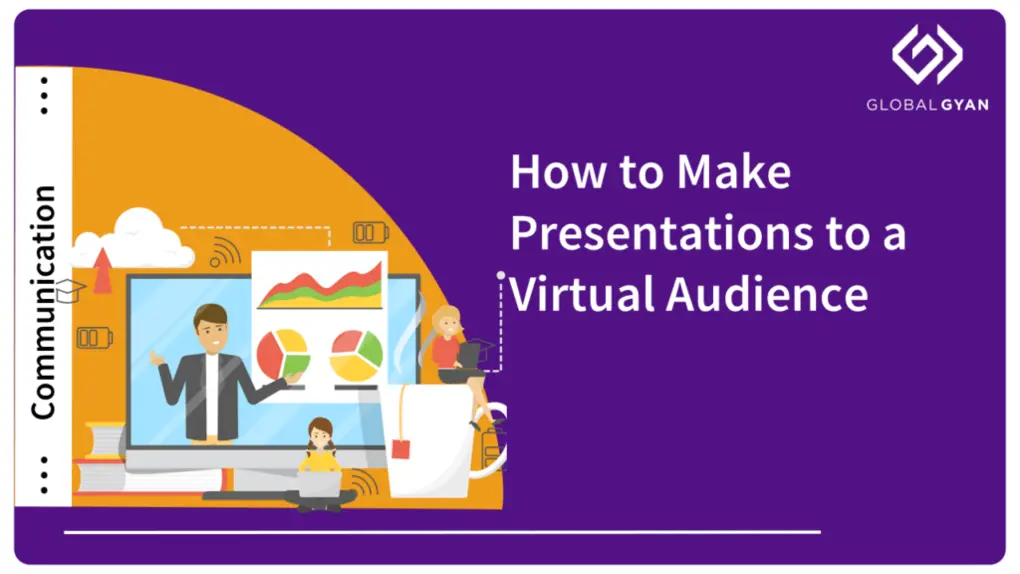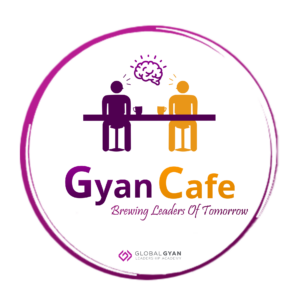Presentation Skills You Can Learn from Steve Jobs
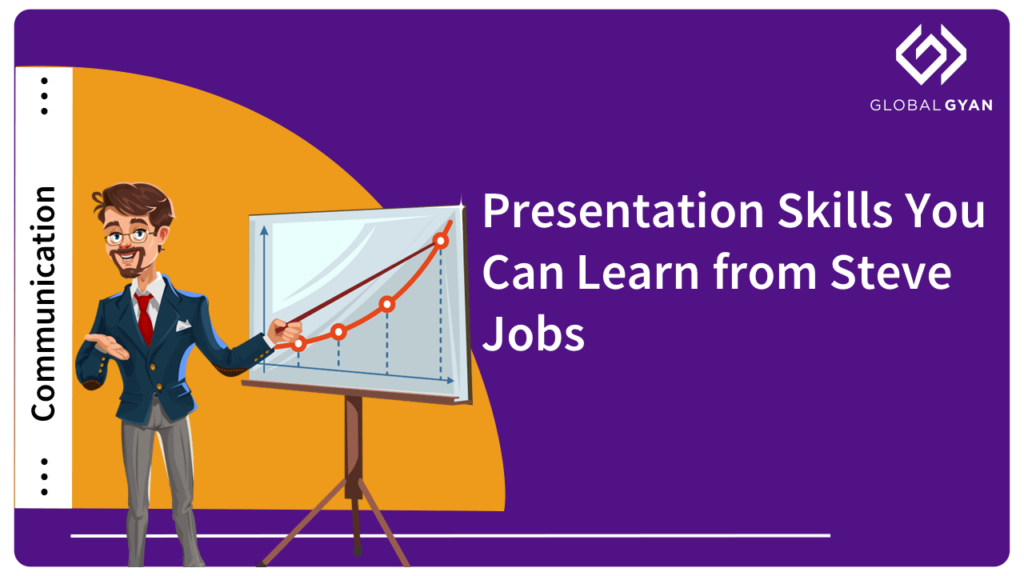
Ok, so everyone who knows me knows how much I idolise Steve Jobs. I cried in Hong Kong airport when I heard about his death. I learnt a lot from him, but the most has been about presentation skills.
My enduring memory of a Steve Jobs presentation is the iPhone launch keynote. He built up this story of three products: a widescreen iPod, a phone and a web browser, and then revealed with a gleeful look that they were all the same device, the iPhone.

That day, I realised that making a presentation should be fun, both for the audience and the speaker. Presentations are not a chore, something that you dread. That if you really enjoy the story that you are telling, the audience will feel connected.
Books have been written about Steve Jobs’ presentation skills; so I will focus on the top 3 lessons that we can follow. And these are universally applicable, not just limited to the CEO of the world’s most valuable company who launches pathbreaking products.
The Presenter matters more than the Presentation
We spend 80-90% of our presentation preparation in making slides, on PowerPoint. Often, unreadable slides. We might plan the content for a bit, before and during the slide-making. And then, the presentation goes to the meeting. The presenter is rarely visible to the audience.
Almost every presentation that I have reviewed, I could have done it without the presenter being present. Because they just read what was on the slide. And since I can read faster than you can speak, your presence was actually a hindrance.
On the other hand, what I wanted to receive was not just the content but the emotions that come with it. How passionate are you about the topic? How confident are you about your recommendations? What is the story behind the numbers or the words that I can read on the slide?
This gets worse when we have virtual presentations; I cannot even see the presenter. All I have is a voice. A voice that is as monotonous as a drone. Either putting me to sleep or encouraging me to switch to another screen.
Slides barely mattered in a Steve Jobs presentation. The slide was a prop that he used. The projector could go dead and yet, he could keep you enthralled for the hour. Don’t become a slave or victim to your slides. Don’t become a prop to the slide.
You are the presentation.
Don’t be Too Shy to Exaggerate
Steve Jobs was a master of the hyperbole. If he used an adjective, there was a good chance it was in the superlative form. Of course, Jobs and Apple had many reasons to use ‘largest’, ‘best’, ‘amazing’, etc. But, Apple was not No. 1 in every aspect, yet, they did not deter Jobs from spinning the story the way he wanted to say it.
Say, you are presenting a proposal for expansion or investment to your business head. You have included some projections about sales and capacity utilisation. The presentation is full of necessary, analytical details. These are the most boring presentations.
Yes, you have to share the details but can you create some excitement about the opportunity? Build a story around the possibilities, or the dangers of not doing it? In any case, you are presenting forecasts… those are just based on assumptions. Why should I believe you? Does your energy or body language and the words you use… does it convey a sense of confidence that just numbers cannot?
Exaggeration can be through words, movement, body language, voice… if you can convey and transfer the positive energy to your audience, then you are a winner.
You are an energy multiplier.
Don’t Limit Your Presentation to Slides
Steve Jobs’ keynotes were a stage event; the slide presentation was supported by demonstrations, guest speakers, music, post-event displays and more. When you have to engage your audience, you have to break the monotony that every communication medium eventually causes.
Obviously, you are not launching a new smartphone or running a stage event at your next presentation. On the other hand, even in a regular business presentation, can you think of methods to ‘distract’ your audience, so that you get their attention back?
Maybe you have a sample design that you can pass around the table. Or show a customer testimonial video. You could create a short activity – maybe a quick poll or an ideas brainstorming, to engage your audience in the presentation. Anything that fits with the context of the presentation and the audience, and shakes up the slumber that your previous slides caused.

You are the Sootradhar, the puppeteer of the show.
Apply these learnings the next time you have a presentation to make. I am sure you will notice the difference, as will your audience.


